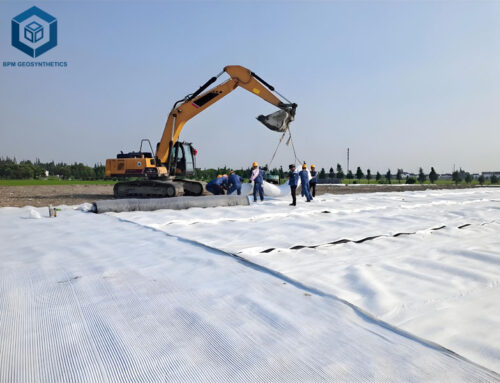Non woven geotextile is a versatile and durable material that has become an essential component in various civil engineering applications. BPM Geotextile is a leading geotextile manufacturer with high quality reliability. Its longevity, however, depends on several factors that influence its performance and lifespan. In this article, we will explore the factors affecting the durability of non-woven geotextiles and provide an estimate of their expected lifespan under different conditions.
1. What Are Basic Characteristics Of Non Woven Geotextile?
Non woven geotextile is a type of fabric that is made from synthetic or natural fibers. It is often used in civil engineering applications such as erosion control, landfill cover,and filtration systems. Here are some basic characteristics of non-woven geotextile:
1.1 Open Structure
Non woven geotextile has an open structure, allowing water, air, and soil particles to pass through. This makes it perfect for erosion control and filtration systems.
1.2 Strength and Durability
Non woven geotextile is known for its strength. It can endure heavy loads and high pressure without damage. This durability makes it reliable for various applications.
1.3 Waterproof
Non-woven geotextile is waterproof,which means it can prevent water from seeping through it. This makes it an effective barrier against erosion and flooding.
1.4 Resistant to Chemicals
Non woven geotextile resists chemicals. It’s great for landfill covers and industry uses.
1.5 Environmentally Friendly
Non woven geotextile is made from recycled materials. This makes it eco-friendly. It can break down naturally over time. This reduces its environmental impact.
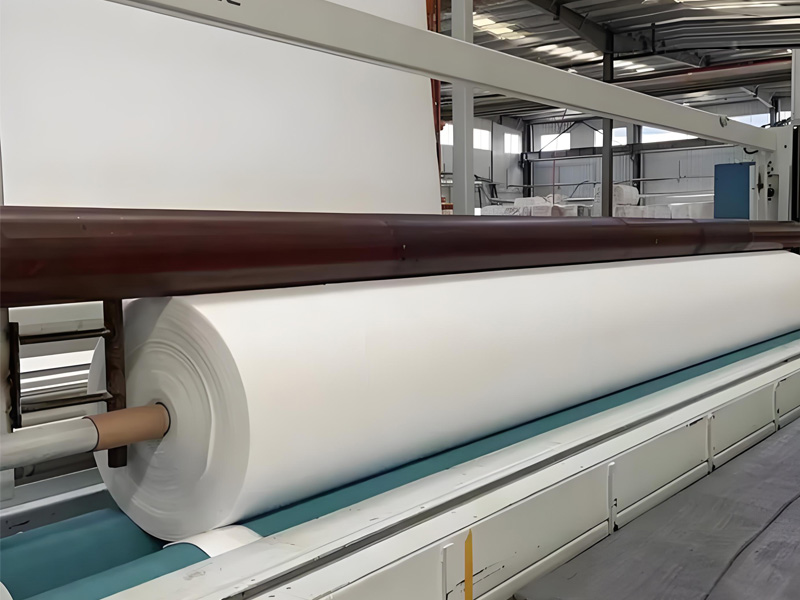
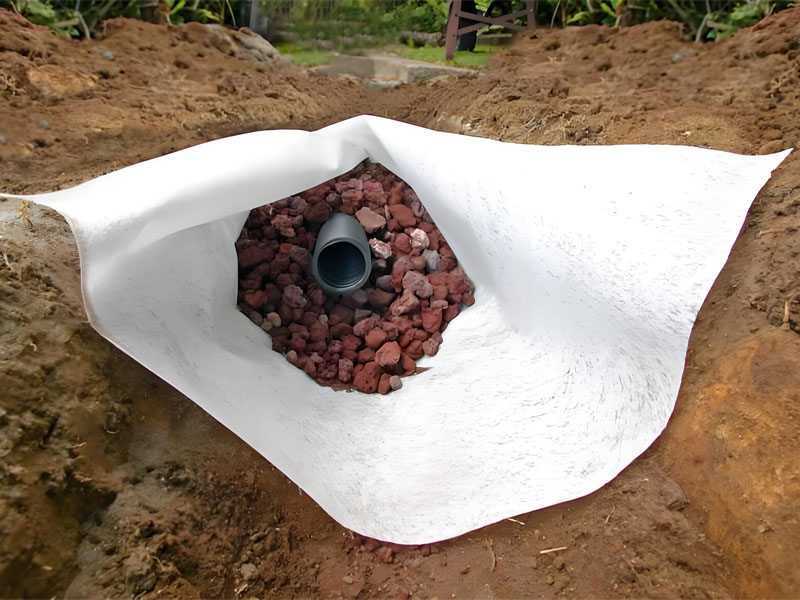
2. What Is Service Life Of Non Woven Geotextile?
- The service life of non-woven geotextile can vary depending on several factors, including the type of material used, the environment in which it is placed, and the specific application for which it is used. Generally speaking, non-woven geotextile made from high-quality materials and properly installed can have a service life ranging from 5 to 20 years or more.
- In applications such as erosion control or landfill cover systems, the expected lifetime might be shorter due to exposure to harsh elements like UV radiation, chemicals, or mechanical wear. For instance, in a landfill cover system, the geotextile might be designed to last for the anticipated life of the landfill or until it is closed and another layer is applied.
- For road construction, where it may be protected from UV light by layers of soil or other materials, the service life could be longer. It’s also important to note that the seams and connections are critical for the overall performance and lifespan of the geotextile, so proper installation is key to maximizing service life.
- It’s always best to consult with manufacturers or engineering specifications for guidance on the expected service life of non-woven geotextile for a particular project. They will often provide data based on accelerated aging tests or historical performance in similar applications.
3. What Is Life Evaluation Method Of Non Woven Geotextile?
Evaluating the service life of non-woven geotextiles involves various methods to assess their durability, performance, and remaining usable lifespan. Here are some common methods used for the life evaluation of non-woven geotextiles:
3.1 Accelerated Aging Tests
Accelerated aging tests put geotextile through harsh conditions to mimic long-term effects quickly. They use high temperatures, UV light, and chemicals. Researchers check changes in properties. This helps predict the geotextile’s lifespan.
3.2 Field Performance Monitoring
Monitoring geotextile performance in the field is crucial. It involves observing real-world behavior over time. Factors like strength, water flow, and filtering are checked. This helps engineers evaluate performance and predict lifespan.
3.3 Laboratory Testing
Various laboratory tests can be conducted to evaluate the physical, mechanical, and hydraulic properties of non-woven geotextiles. Tests reveal geotextile’s condition and lifespan. They check strength, tear resistance, puncture resistance, water flow, and filtering. These tests offer valuable insights.
3.4 Finite Element Analysis (FEA)
FEA is a computer simulation tool for geotextiles. It shows how they behave under various loads and conditions. By simulating stress, strain, and environmental effects, engineers can predict performance and lifespan.
3.5 Predictive Modeling
Predictive modeling uses math and algorithms to estimate geotextile degradation. It considers material properties, environments, and loads. This helps forecast performance and lifespan.
3.6 Standardized Testing
ASTM International sets testing standards for geotextiles. These standards help evaluate quality and performance. Using them ensures accurate assessment of durability and lifespan.
Combining evaluation methods helps engineers understand geotextile durability and lifespan. This info is vital for choosing, maintaining, and replacing geotextiles in projects.
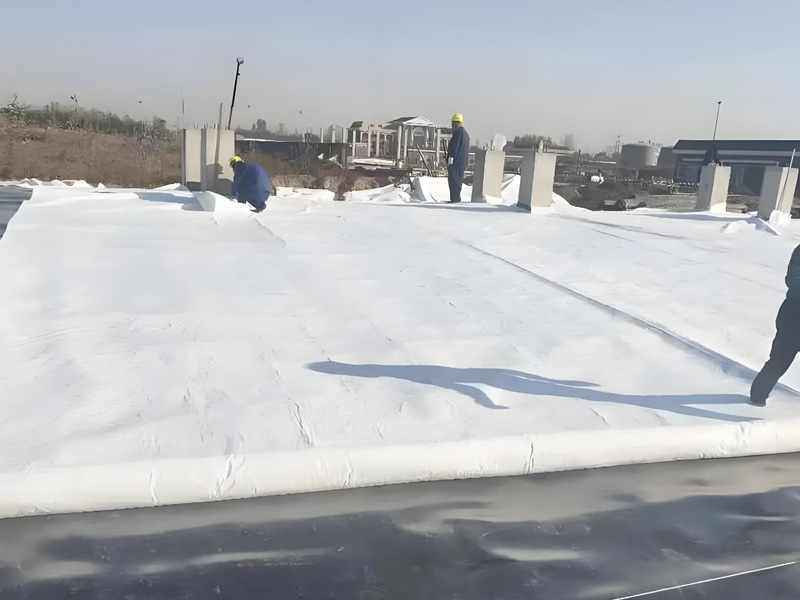
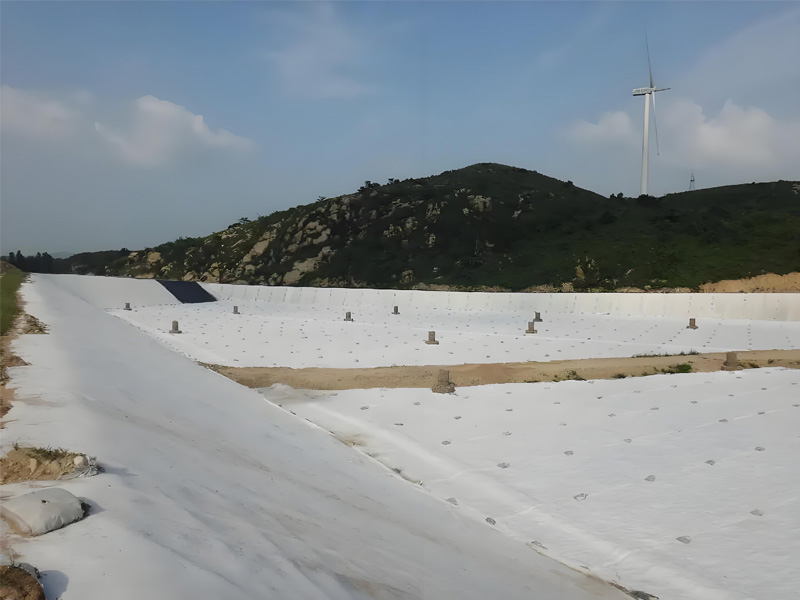
4. How To Extend Service Life Of Non Woven Geotextile?
Extending the service life of non woven geotextiles involves implementing proper installation practices, maintenance strategies, and considering environmental factors that can impact the durability of the geotextile. Here are some ways to extend the service life of non-woven geotextiles:
4.1 Proper Selection
Choose a non-woven geotextile that is specifically designed for the intended application and environmental conditions. Select a geotextile with appropriate strength, permeability, and chemical resistance properties to ensure long-term performance.
4.2 Correct Installation
Follow manufacturer guidelines and best practices for installing the geotextile. Ensure proper placement, anchoring, and seam integrity to prevent premature failure due to installation defects.
4.3 Surface Preparation
Prepare the subgrade or base surface properly before installing the geotextile to minimize the risk of damage from sharp objects, rough surfaces, or protruding materials that could puncture or tear the geotextile.
4.4 Protection:
Provide adequate protection for the geotextile during construction activities to prevent damage from heavy equipment, construction materials, or traffic. Use protective layers or temporary coverings as needed.
4.5 Vegetative Cover
Consider incorporating vegetation or erosion control measures to protect the geotextile from UV exposure, mechanical damage, and erosion. Vegetative cover can also help enhance the stability and longevity of the geotextile system.
4.6 Regular Inspection
Conduct routine inspections of the geotextile to identify signs of damage, degradation, or wear. Address any issues promptly to prevent further deterioration and prolong the geotextile’s service life.
4.7 Proper Drainage
Ensure proper drainage design to prevent water accumulation and pressure buildup that could compromise the geotextile’s performance. Adequate drainage helps maintain the integrity of the geotextile system over time.
4.8 Maintenance
Implement a proactive maintenance program that includes periodic cleaning, repair of damaged areas, and monitoring of performance indicators such as permeability and tensile strength. Regular maintenance can help prevent issues and extend the geotextile’s service life.
5. Summary
The lifespan of non-woven geotextile varies, influenced by factors like material quality and environmental conditions. Tests and models help estimate durability, but actual life may vary. Choosing the right materials and taking care can extend its service life. With planning and maintenance, geotextile can last many years, serving its purpose effectively.
If you’re looking for high-quality geotextiles you can trust, BPM Geotextile is the right choice for you.Any questions, please contact us.

